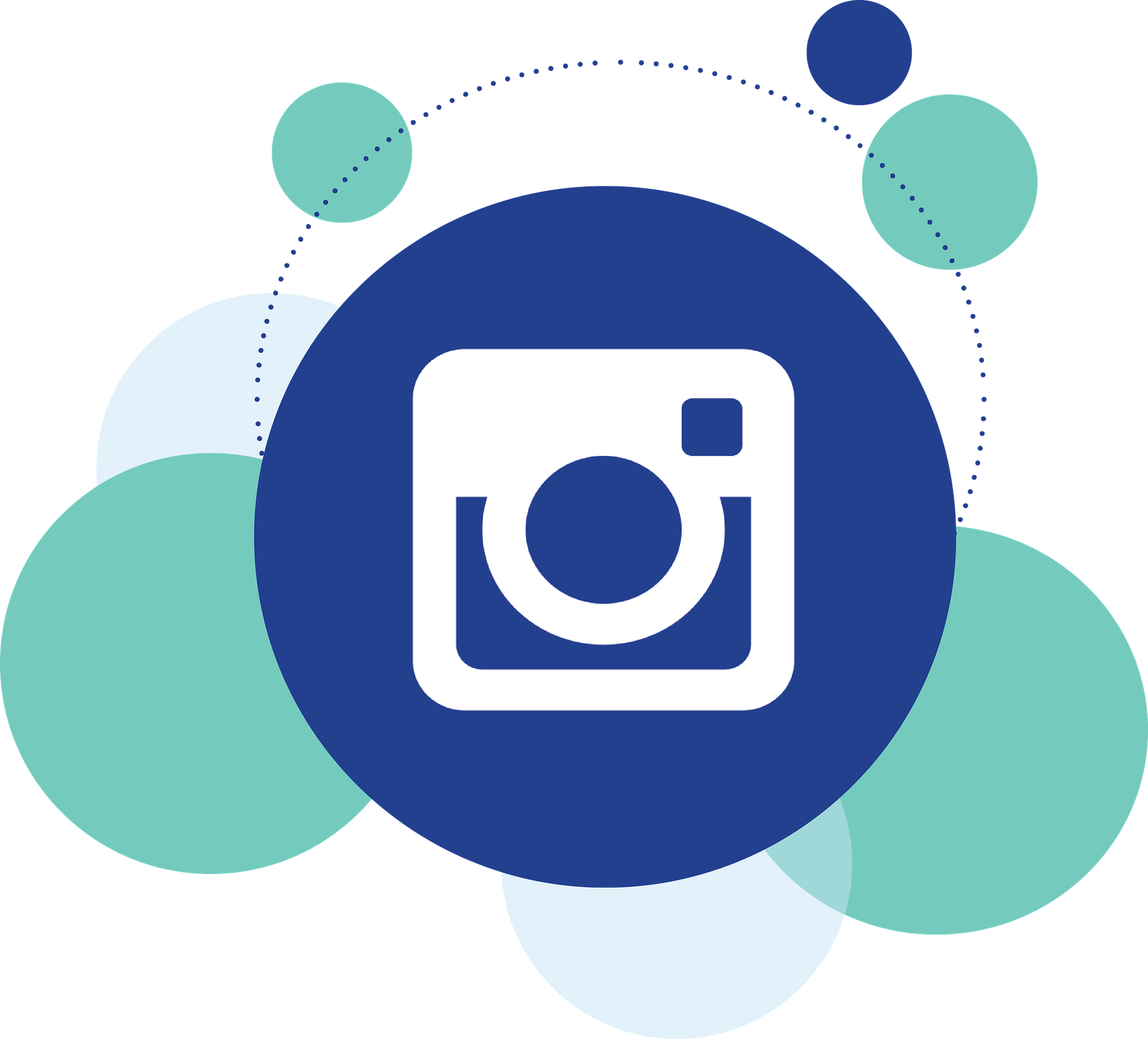Instagram landing pages: find the missing link

As a business owner, you know your social media presence is important. And in recent years, Instagram has emerged as one of the most widely-used social media platforms in the U.S. Make the most out of your Instagram presence through the use of links.
Adding links to your Instagram stories:
If you have more than 10,000 followers or are a verified account, you can use the swipe-up link feature on Instagram stories. We’ll talk about getting verified in just a bit, but let’s start with swipe up. To add a link to your story, do the following:
1.Find the link icon in your Story tool (looks like a chain)
2.Click the link icon
3.Copy the link to your device’s clipboard
4.Paste the link into the story
5.Click “Done” in the top right corner
6.Publish your story
7.View your story to verify the link works
It’s that easy! Instagram also allows you to link to your IGTV videos by using the same process, but instead clicking the “IGTV” button in the URL tool.
Becoming a verified profile on Instagram:
To request a verified badge on Instagram, follow these steps:
1.Log in to the account you want to get verified
2.Go to your profile and tap the menu in the top right section of your profile
3.Tap settings > Account > Request Verification
4.Enter your full name and provide a copy of your government-issued photo ID
For more information on qualifications and how to request a verified badge, click here .
What if I don’t have a verified Instagram account?
With an unverified business page, you still have the opportunity to place a single link on your profile to direct people to your site. Make the most of that link by creating a landing page that gives people quick information. Make the landing page simple, yet effective, through the use of forms, links, or testimonials.
- Forms: Create a lead generation form to get information from current or prospective customers interested in your product or service.
- Links: If you offer a variety of products and services, set up a page that has multiple call-to-action buttons linking to various products and services. In turn, you’ll make it easier for customers to find exactly what they are looking for.
- Testimonials: Brag a bit! Take reviews from Google, Facebook, Yelp, etc. and compile the best 3 to 5, followed by a call-to-action button or lead form to make sure you get the customer engaged with your site and capture the sale.










